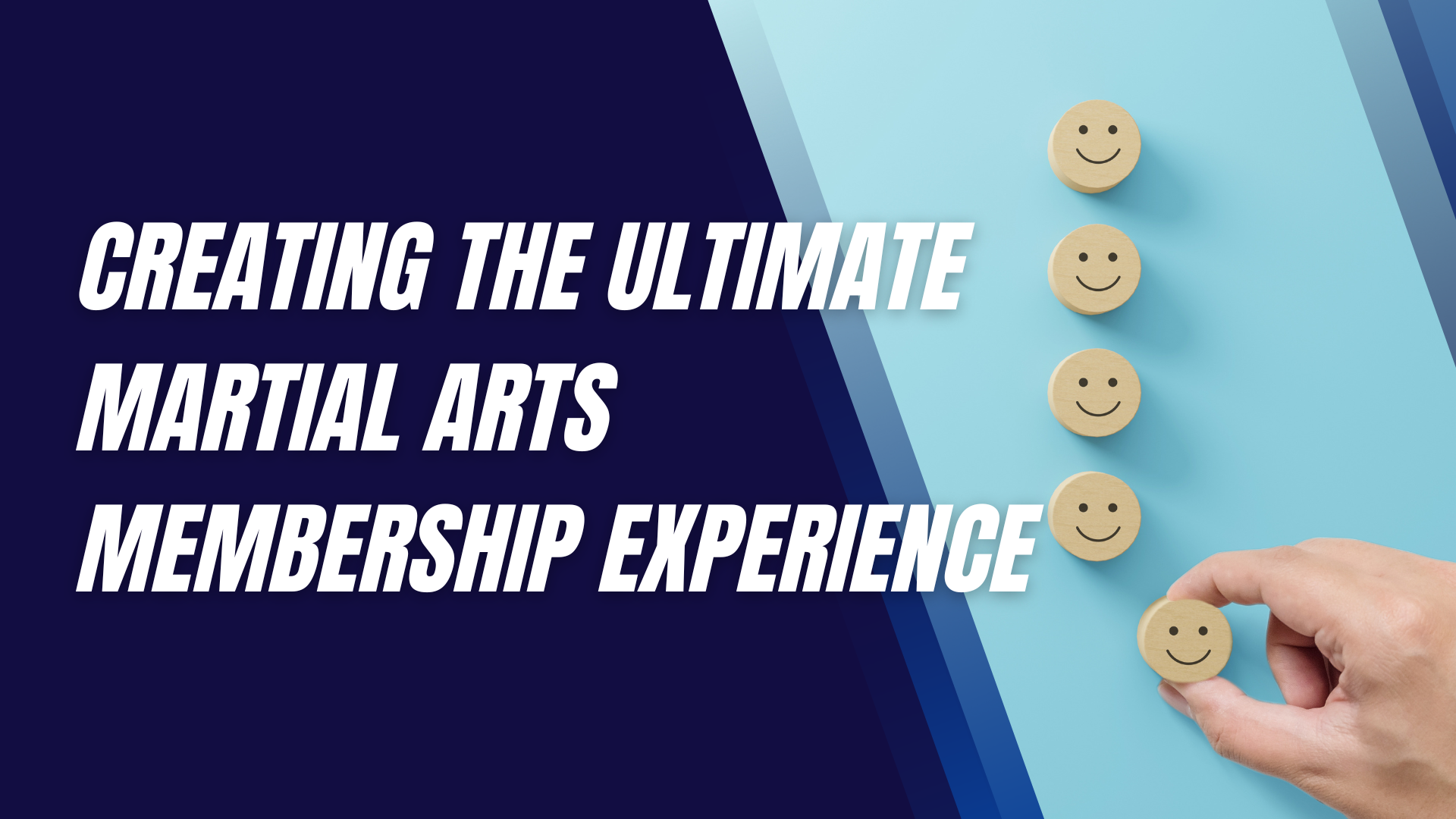How to Build Better Timing in Martial Arts
When it comes to martial arts, timing is everything.
It's not just about how fast or how strong you are, but about how well you can deliver your techniques at the right moment. Good timing can make the difference between landing a powerful punch and missing entirely, between executing a perfect block and getting hit. So, how can you build better timing in martial arts? Let's dive in.
Understanding Timing in Martial Arts
Timing in martial arts refers to the ability to execute a technique or move at the precise moment when it will be most effective. It’s a nuanced skill that involves anticipation, reaction, and a deep understanding of your opponent’s movements. Unlike speed, which is about how fast you can move, or strength, which is about how hard you can hit, timing is about synchronizing your actions with the rhythm of the fight.
Psychologically, timing involves reading your opponent, predicting their moves, and acting just before they do. It’s like a chess game where every move counts and waiting for the perfect moment can be the key to victory.
The Benefits of Good Timing
Developing good timing offers several benefits in martial arts:
- Enhanced Defensive and Offensive Capabilities: Good timing allows you to strike when your opponent is vulnerable and defend when they are most aggressive.
- Improved Efficiency and Energy Conservation: Proper timing helps you to conserve energy by making every move count, rather than wasting energy on unnecessary actions.
- Increased Confidence in Combat: Knowing when to act boosts your confidence, making you more composed and effective in a fight.
Common Mistakes in Developing Timing
A common pitfall is relying too much on speed. Many fighters think that moving faster will give them the upper hand, but without proper timing, even the fastest moves can miss their mark. Another mistake is neglecting the importance of distance and rhythm, which are crucial elements of timing. Overthinking during sparring can also disrupt your timing, as it slows down your natural reactions.
Drills to Improve Timing
Here are some drills that can help sharpen your timing skills:
- Shadow Boxing with a Focus on Timing: Shadow boxing isn't just about practicing punches and kicks; it’s also about visualizing an opponent and timing your movements accordingly. Focus on visualizing attacks and counterattacks, paying attention to the rhythm of your movements.
- Partner Drills for Reaction and Counter-timing: Working with a partner can greatly enhance your timing. Drills like jab-counter drills, defensive drills, and counter-punching exercises help you react to your partner’s moves and develop the ability to counter at the right moment.
- Using Timing Pads: Timing pads are designed to help you practice hitting at the right moment. Your coach will randomly move the pad to different positions, prompting you to strike quickly and accurately.
The Role of Sparring in Timing Development
Sparring is one of the best ways to improve timing because it mimics real combat situations. Both light sparring and full-contact sparring have their place in timing training. Light sparring allows you to experiment with timing without the fear of heavy consequences, while full-contact sparring brings a level of intensity and realism that can push your timing skills further.
Practicing with different opponents is also crucial. Each fighter has a unique rhythm and style, and adapting to various opponents can refine your timing. It's all about reading your opponent and finding that split-second opening to execute your move.
Importance of Rhythm and Cadence
Every fighter has a rhythm, a kind of "beat" that they move to. Recognizing this rhythm can help you anticipate their moves. Similarly, breaking your own rhythm can throw off your opponent, creating openings for you to exploit. It’s like a dance—knowing when to speed up, slow down, or pause can create opportunities for perfectly timed strikes.
Visualization Techniques
Visualization is a powerful tool in martial arts training. By mentally rehearsing scenarios, you can improve your timing without physical practice. Picture yourself in a fight, imagine your opponent’s moves, and practice timing your counters in your mind. This mental practice can enhance your reaction time and decision-making skills in real-life situations.
Tools and Equipment for Timing Training
There are various tools you can use to hone your timing:
- Double-End Bags: These bags move unpredictably, mimicking an opponent’s movement and requiring you to strike with precision and timing.
- Speed Bags: While primarily used for speed, speed bags also help develop rhythm and timing.
- Timing Lights and Apps: Modern technology offers tools like timing lights or apps that flash signals, prompting you to strike at the right moment.
How to Use Distance and Footwork for Better Timing
Maintaining the right distance is key to good timing. Too close, and you might get countered; too far, and your strikes will miss. Footwork plays a crucial role in managing this distance and creating timing opportunities. Quick, precise movements can put you in the perfect position to strike or evade at just the right time.
Timing in Different Martial Arts Styles
Timing plays a role in all martial arts, but it manifests differently across styles:
- Timing in Boxing: In boxing, timing is all about exploiting the gaps in your opponent’s defense and countering their punches with precision.
- Timing in Karate: Karate emphasizes striking at the exact moment when your opponent exposes a weakness, often with explosive movements.
- Timing in Brazilian Jiu-Jitsu: In BJJ, timing is crucial for submissions and escapes, requiring you to act at the perfect moment when your opponent is off-balance or vulnerable.
The Role of Patience and Composure
Patience is a virtue in martial arts, especially when it comes to timing. Rushing in can lead to mistakes, but staying calm and composed allows you to wait for the perfect moment to act. Developing composure under pressure helps you to maintain your timing even in the heat of battle.
Adapting to Your Opponent’s Timing
Great fighters not only impose their own timing but also adapt to their opponent’s. This means reading their movements, predicting their actions, and making adjustments on the fly. The art of misdirection—making your opponent think you’re going to do one thing while planning another—can also be a powerful timing tool.
The Importance of Consistent Practice
Like any skill in martial arts, timing improves with consistent practice. Set specific goals for your timing training, such as reacting to a certain type of attack or perfecting a particular counter. Over time, these small improvements will add up, making timing a natural part of your fighting style.
Final Thoughts
Building better timing in martial arts is a journey that requires patience, practice, and persistence. By focusing on drills, sparring, rhythm, and mental training, you can develop a sense of timing that enhances your overall fighting capabilities. Remember, timing isn't just a skill—it’s an art. Keep practicing, stay composed, and soon you'll find yourself striking at just the right moment every time.
Interested in trying a martial arts class? Find an affiliated academy anywhere in the country by clicking here.
Have your own martial arts program? Get to know more about what we have to offer at Ground Standard Agency for helping martial arts businesses grow.
Email us at info@groundstandard.com, or call and text us at (732) 907-8920 today to learn how to start growing your own academy, school, dojo, or gym with us as well.
Share this article












